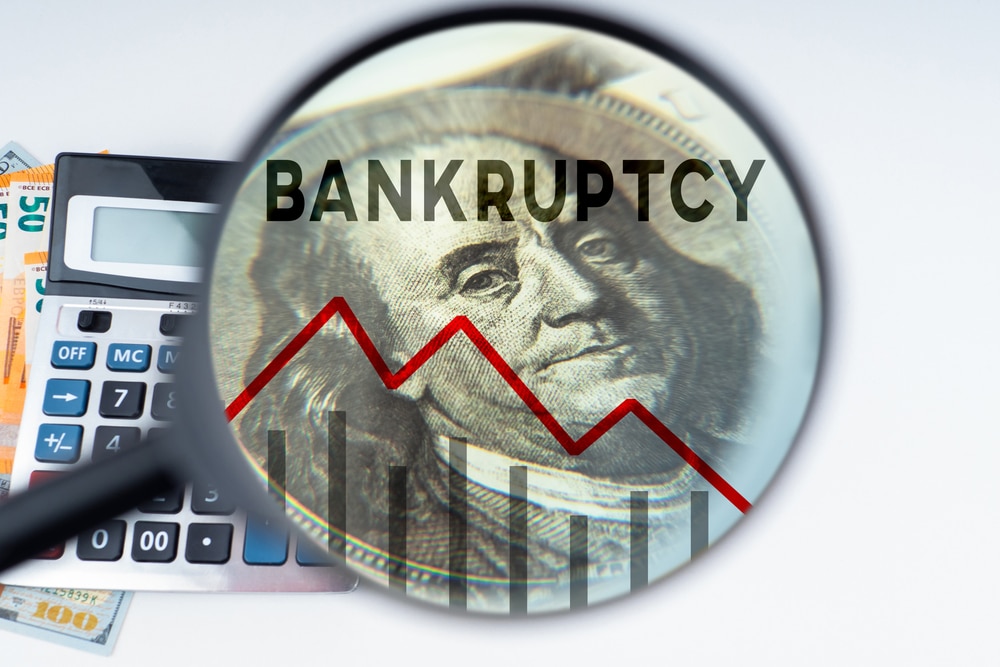
Bankruptcy is a legal process that provides individuals and businesses with relief from overwhelming debt while ensuring fair treatment of creditors. This federal court proceeding can help eliminate or restructure debt, allowing debtors to make a fresh financial start while providing a systematic way for creditors to receive payment according to established priorities.
The bankruptcy process begins when a debtor files a petition with the bankruptcy court, triggering an “automatic stay” that immediately stops most collection actions, including lawsuits, wage garnishments, and direct communication from creditors regarding debt collection. This protection gives debtors breathing room to work through the bankruptcy process without ongoing creditor harassment.
During bankruptcy, debtors must provide detailed financial information, including a complete list of assets, debts, income, expenses, and recent financial transactions. This transparency ensures the court and creditors have a clear picture of the debtor’s financial situation. A court-appointed trustee oversees the case, reviewing documentation, managing asset distribution, and ensuring compliance with bankruptcy laws.
The impact of bankruptcy on credit scores typically lasts 7-10 years, depending on the type filed. However, many individuals and businesses begin rebuilding their credit immediately after discharge through secured credit cards, timely bill payments, and responsible financial management. While bankruptcy provides debt relief, it also requires financial education and counseling to help prevent future financial difficulties.
A bankruptcy discharge is the court order that releases debtors from personal liability for specific types of debts. Once discharged, creditors can no longer take legal action or contact debtors to collect these debts. However, certain obligations, such as most student loans, recent taxes, and child support, typically cannot be discharged through bankruptcy.
The automatic stay is one of bankruptcy’s most powerful protections, functioning as a legal barrier that prevents creditors from pursuing collection activities. This protection extends to stopping foreclosure proceedings, utility disconnections, evictions, and other collection actions. Understanding the scope and limitations of the automatic stay is crucial for both debtors and creditors.
Exempt property refers to assets that debtors can keep during bankruptcy, varying by state and federal law. Common exemptions include portions of home equity, retirement accounts, personal vehicles, and necessary household items. Non-exempt property may be sold by the trustee to pay creditors, making it essential to understand applicable exemptions before filing.
The means test determines eligibility for Chapter 7 bankruptcy by comparing the debtor’s income to their state’s median income and analyzing their ability to pay debts. This mathematical formula helps prevent abuse of the bankruptcy system by ensuring that those who can afford to repay some debts through a Chapter 13 plan do so rather than eliminating debts through Chapter 7.
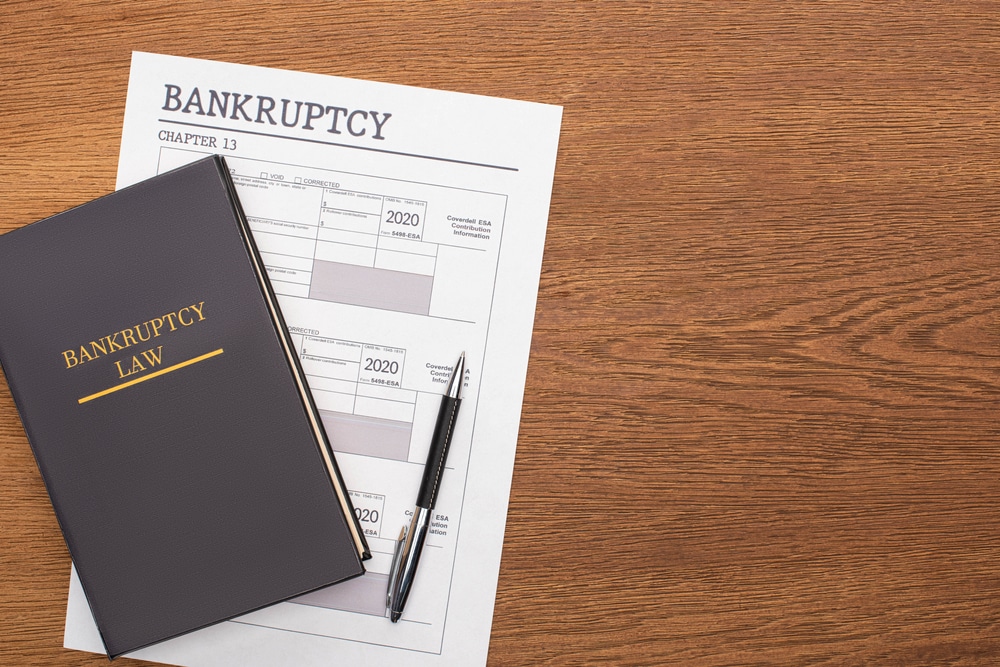
Early warning signs of financial distress often include regularly paying bills late, receiving frequent collection calls, and using credit cards for basic necessities. When individuals find themselves making minimum payments on credit cards while continuing to use them for everyday expenses, they’re often caught in a debt spiral that can lead to bankruptcy.
The debt-to-income ratio (DTI) serves as a crucial indicator of financial health, with ratios above 40% signaling potential trouble. When monthly debt payments consume an increasingly large portion of income, leaving little for savings or emergencies, bankruptcy may become a consideration. This situation often worsens when unexpected medical bills, job loss, or other financial emergencies occur.
Depleting retirement accounts or emergency savings to pay regular bills indicates severe financial strain. This behavior, while temporarily relieving immediate pressure, often leads to long-term financial instability and may signal the need for bankruptcy protection. Similarly, taking out high-interest payday loans or title loans often indicates desperate financial circumstances.
Financial professionals often advise seeking help when individuals can no longer meet basic living expenses while paying debts, or when they’re considering debt settlement programs that could worsen their financial situation. Understanding these warning signs helps individuals seek assistance before their financial situation becomes irreparable.
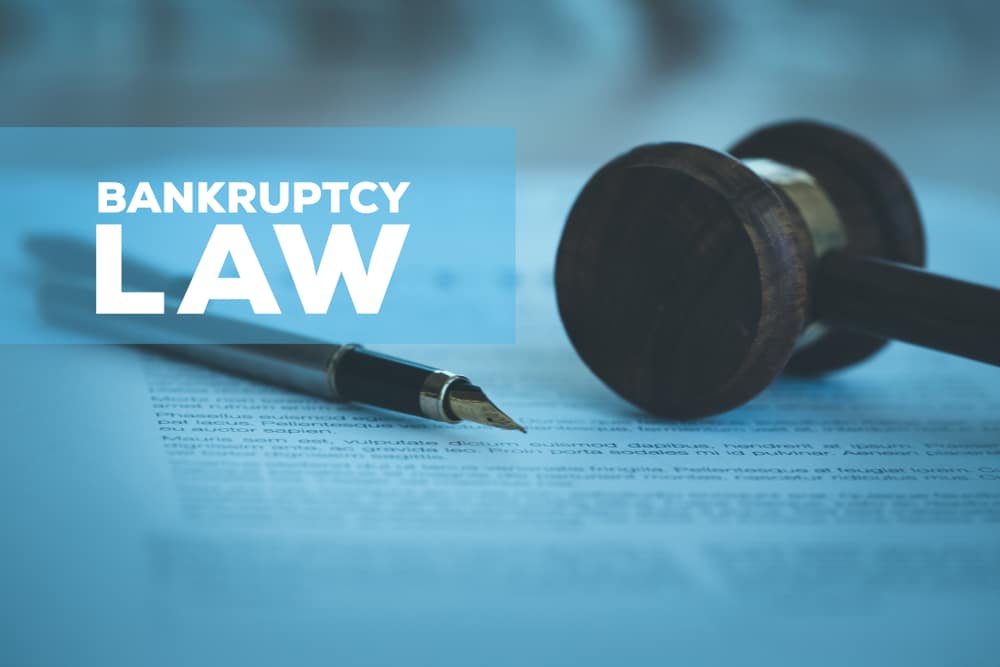
Chapter 7 bankruptcy, often called “liquidation bankruptcy,” typically provides the quickest relief for individuals with limited income and significant unsecured debt. The process usually takes 3-6 months and allows debtors to eliminate most unsecured debts while keeping exempt property. However, non-exempt assets may be sold to pay creditors, making this option most suitable for those with limited assets.
Chapter 13 bankruptcy, known as “reorganization bankruptcy,” enables individuals with regular income to develop a 3-5 year plan to repay all or part of their debts. This option allows debtors to keep their property while catching up on mortgage arrears, taxes, and other obligations. Chapter 13 provides greater flexibility than Chapter 7 but requires sufficient income to fund a repayment plan.
Chapter 11 bankruptcy primarily serves businesses and high-net-worth individuals, allowing them to reorganize debts while continuing operations. This complex process provides significant flexibility in restructuring obligations but involves considerable expense and ongoing court supervision. Businesses can continue operating while developing a reorganization plan to pay creditors over time.
Chapter 12 specifically assists family farmers and fishermen in reorganizing their debts. Similar to Chapter 13 but tailored to the seasonal nature of farming income, this option provides additional tools and flexibility for agricultural operations facing financial difficulty.
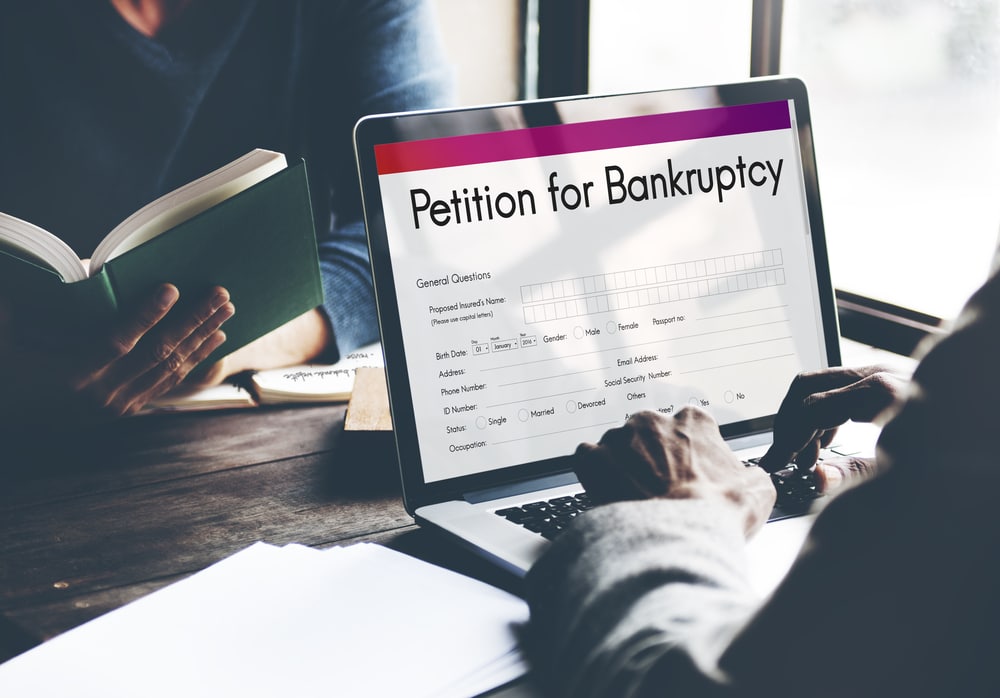
Bankruptcy exemptions vary significantly by state, with some states requiring residents to use state-specific exemptions while others allow choice between state and federal exemptions. Each state sets different protection levels for homes, vehicles, personal property, and other assets, making location a crucial factor in bankruptcy planning.
State-specific filing requirements include local forms, credit counseling providers, and approved trustees. Many states mandate additional documentation or procedures beyond federal requirements, such as specific worksheets for local expenses or special provisions for protecting certain types of property.
Pre-bankruptcy requirements also vary by state, with some jurisdictions requiring attempted mediation before foreclosure-related bankruptcies or specific types of credit counseling. Understanding these local requirements helps ensure successful bankruptcy filing and prevents costly delays or dismissals.
Courts within each state often develop local rules and procedures that affect bankruptcy administration. These variations can impact everything from document filing methods to hearing schedules and trustee practices, making local legal guidance particularly valuable when navigating the bankruptcy process.
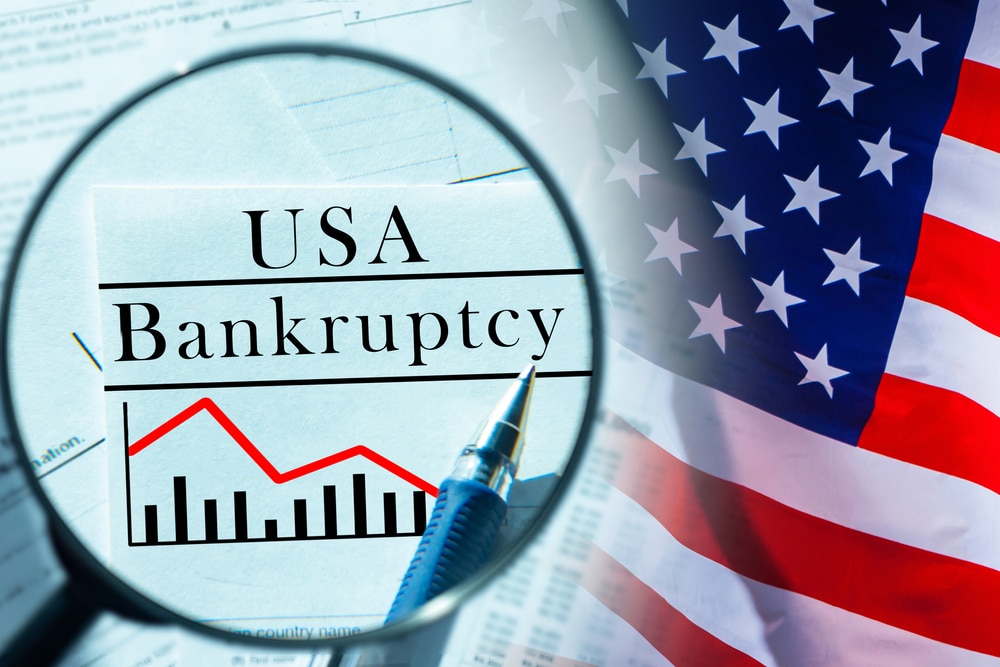
Bankruptcy101.org serves as your comprehensive guide through the complex journey of bankruptcy, providing clear, accurate, and supportive information when you need it most.
© 2024 Chapman SEO LLC. This website is for educational and informational purposes only. All content is created using AI technology and maintained by non-lawyers and should not be considered legal advice. The information provided is general in nature and may not be suitable for your specific situation. Always consult with a qualified legal professional for advice regarding your individual circumstances. We do not create attorney-client relationships through this website. By using this site, you acknowledge that you have read and understand these terms.